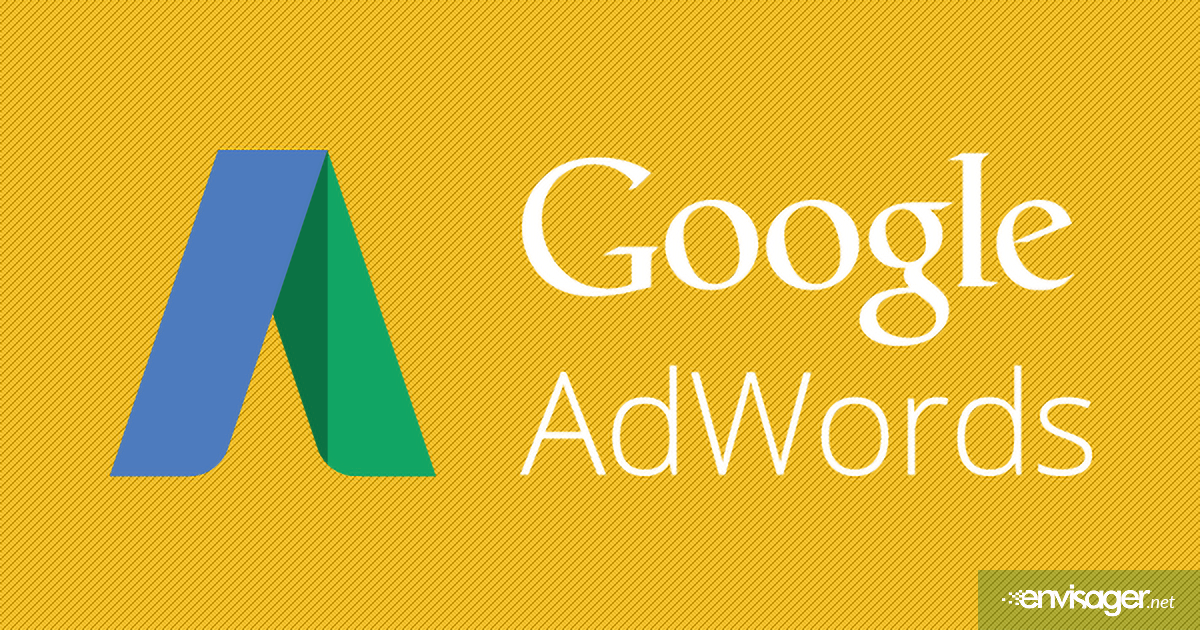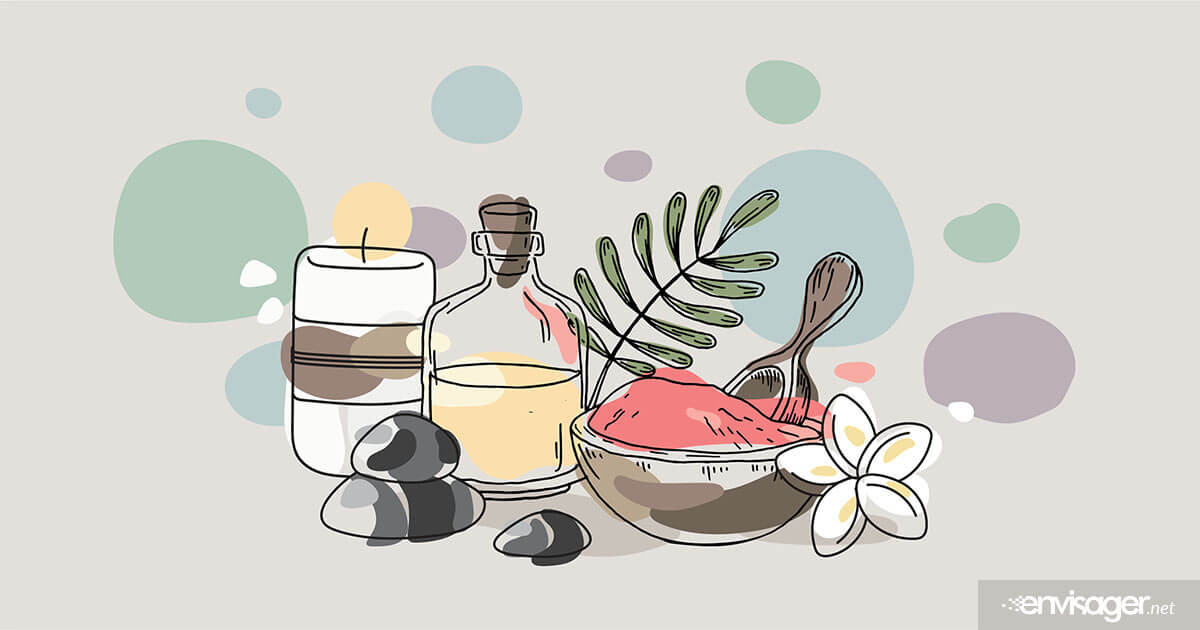Google Ads Gets Removed From Right Hand Side Of Search Results

As we’re sure you’ve noticed by now, several months ago Google removed pay-per-click (PPC) ads from the right hand side of search results for desktop. With that change, one spot to the PPC paid listings was added for a total of four top ads above the organic results versus the previous three top ads.
Additionally, ad positions 5 through 7 were moved to the bottom of page below the organic results, positions 8 through 11 were moved to page two. Theoretically, these changes were implemented primarily to create a more modernized structure for desktop and tablets that looks more like the mobile search results page. But, that can’t be the only reason, right?
Here’s a search before Google ads removal from right hand side of search results:

And here’s the same search after the change:

When the change took effect in March, there was so much speculation and many articles written immediately that were not rooted in actual data, it caused widespread panic amongst marketers. We decided to wait a few months before weighing in so that we could have a clearer idea of how the changes are really impacting advertisers and the search result page.
Now that it’s been a few months since the big shake-up, we’re finally getting a clearer idea of how it’s really impacting the search landscape. Here are five takeaways and observations:
#1. Desktop Modernization or Extract More Revenue From Top Ads?
We would be naïve to think that Google’s decision to remove ads from the right hand side of search results had nothing to do with generating more revenue. While we believe revenue definitely plays a part in Google’s decision, we feel it’s a combination of factors such as trying to strike a balance between users’ search experience which reflects mobile versus desktop and tablet results. Because in the end, these types of changes have to be beneficial to the search experience, otherwise Google ends up pursuing short-term revenue instead of long-term market share.
Additional evidence that revenue plays a major role is the fact that Google chose to add a fourth ad above the organic results instead of leaving that spot for the top organic search result. This means that organic search results are pushed further down on the page.
#2. Impact On Your Small Business Organic Search
Ads will evolve; become more interactive and attractive. If you’re not an advertiser, to get ahead of this so your business is not left behind, you need to continue to do what you’ve always done – compete against paid ads. You’ll need to step it up a notch though. For example, if you’re currently ranking for meaningful keywords, make sure you do everything in your power to make your organic listing stand out – meta tag optimization, schema and other options suitable for your particular site.
#3. Google’s Leaving The Right Hand Side Of Search Results Empty?
No, they will not leave that space empty. Now that all the PPC ads are moved to the left side of the search results page, the only ads that are eligible for the right side are PLAs (product listing ads).
Here’s a search performed today on walk in tubs:

Also referred to as Google Shopping, Product Listing Ads are cost per click (CPC) ads which online merchants purchase through AdWords. They are distinguished by featured product images and are tailored towards products and product categories versus keywords.
#4. Product Listing Ads Is The Best Ad Type For All Businesses
Unfortunately, many types of businesses can’t participate in product listing ads because products need to be priced at a fixed price. For example, a watch is priced and sold for $119. You buy it and there are no other variables that affect the price. But, if your product is home remodeling or other service products that entail custom pricing, PLAs are not available to your type of business/service product.
So, here’s how the removal of ads from the right hand side of search results is affecting some businesses. If your ad was regularly in position 5-8 for generic keywords in the previous right hand side ads location, you may now see an increase in your CPC (cost-per-click) and a decrease in impressions and clicks.
And even though you were in position 5-8 when ads were on the right hand side, those ads mostly likely had low CTR (click-through-rates), and at the very least they served as branding and drove more brand queries for your brand.
#5. Harms or Improves User Experience
If AdWords algorithm returns results better than the organic algorithm for what the user is searching for, then it improves the user experience. If the user feels that the organic search results offerings are more relevant, the user may elect to start or just continue to use his/her ad blocker since now the top 4 ads (previously 3 top ads) are causing more scrolling to see the organic search results.
People don’t generally like having things pushed in their face and now there’s an additional fourth ad above the fold for SERP, users may not take kindly to having to scroll longer to bypass yet another ad so they can see what they feel are more authentic results (organic).
Wrapping It All Up
Bottom of page search results ads are not going away (at least for now). The loser in Google’s new search results layout is organic search which is completely gone from above the fold space on desktop for any commercial query.
Where there is a product scarcity, there is likely to be an increase in cost. Only time will tell, but we believe cost per click will definitely be on the rise. Part of what Google successfully did by removing PPC ads from right hand side of search results is to create real estate scarcity – now the ads spots and quantity of ads are limited on the front page.
Don’t be surprise if in the near future Google roll out a page by page AdWords bids pricing.

Hazel Burgess
FOUNDER/SEO DIRECTOR
Hazel is the Founder & SEO Director at Envisager Studio, a premier website design agency specializing in WordPress website design, development and internet marketing. In her spare time, she writes about search engine optimization, website design, and internet marketing.


